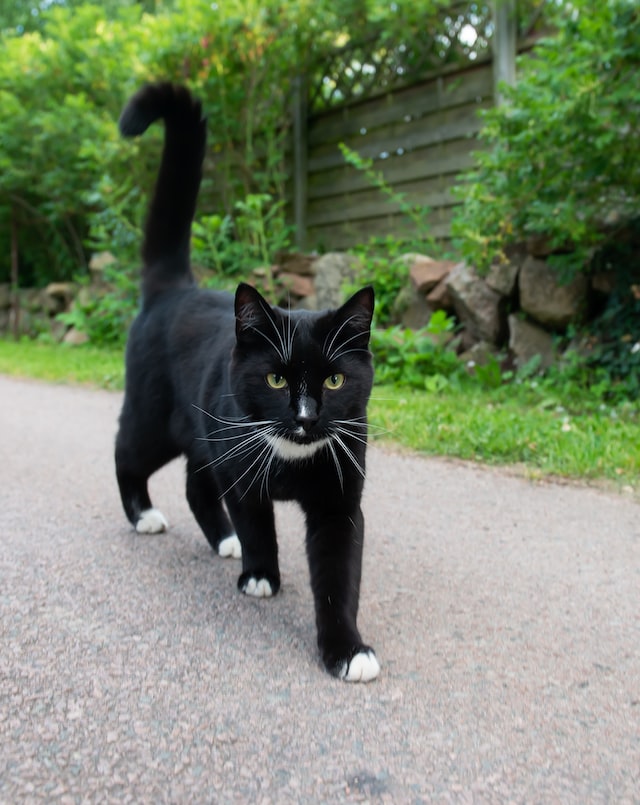Cats are reputed to be enigmatic animals. Cats are known to be more independent and aloof than dogs, which makes it challenging for their owners to comprehend their behavior. Cats do, however, use a variety of means of communication, such as gestures and vocalizations. Knowing how your cat behaves can improve both your relationship with your feline friend and their general well-being.
Body language
Cats use their body language to communicate their feelings and intentions. Here are some common behaviors and what they mean:
- Tail Position: A cat’s tail position can tell you a lot about its mood. If their tail is straight up, it means they are feeling happy and confident. A puffed-up tail indicates that the cat is scared or feeling threatened. If the tail is tucked between the legs, it suggests the cat is feeling anxious or submissive.
- Ear Position: The position of a cat’s ears can indicate its mood. If their ears are forward-facing, it means they are alert and interested. If their ears are flattened against their head, they may be feeling scared or angry.
- Purring: Purring is often associated with contentment and relaxation. However, cats may also purr when they are in pain or feeling anxious.
- Kneading: Kneading is when a cat pushes their paws in and out on a soft surface, like a blanket or your lap. This behavior is a sign of comfort and relaxation.
- Rubbing: Cats often rub their bodies against objects, people, and other animals. This behavior is a way of marking their territory and showing affection.

Vocalizations
Cats also use vocalizations to communicate with their owners. Here are some common sounds and what they mean:
- Meowing: Meowing is the most common sound that cats make. It can mean many things, including a request for food or attention, a greeting, or a sign of distress.
- Hissing: Hissing is a warning sound that cats make when they feel threatened or scared. It is often accompanied by a puffed-up tail and flattened ears.
- Chirping: Chirping is a unique sound that some cats make when they see birds or other prey. It is often a sign of excitement and anticipation.
- Growling: Growling is a sign of aggression and is often accompanied by a defensive body posture.
